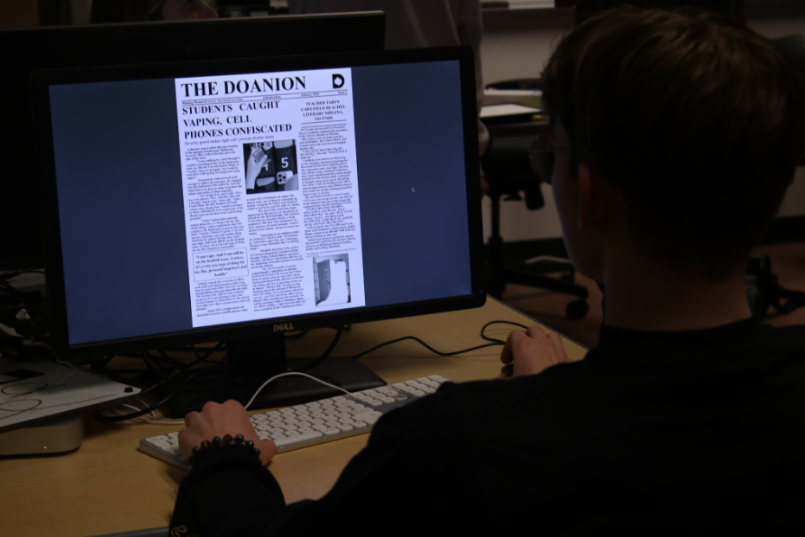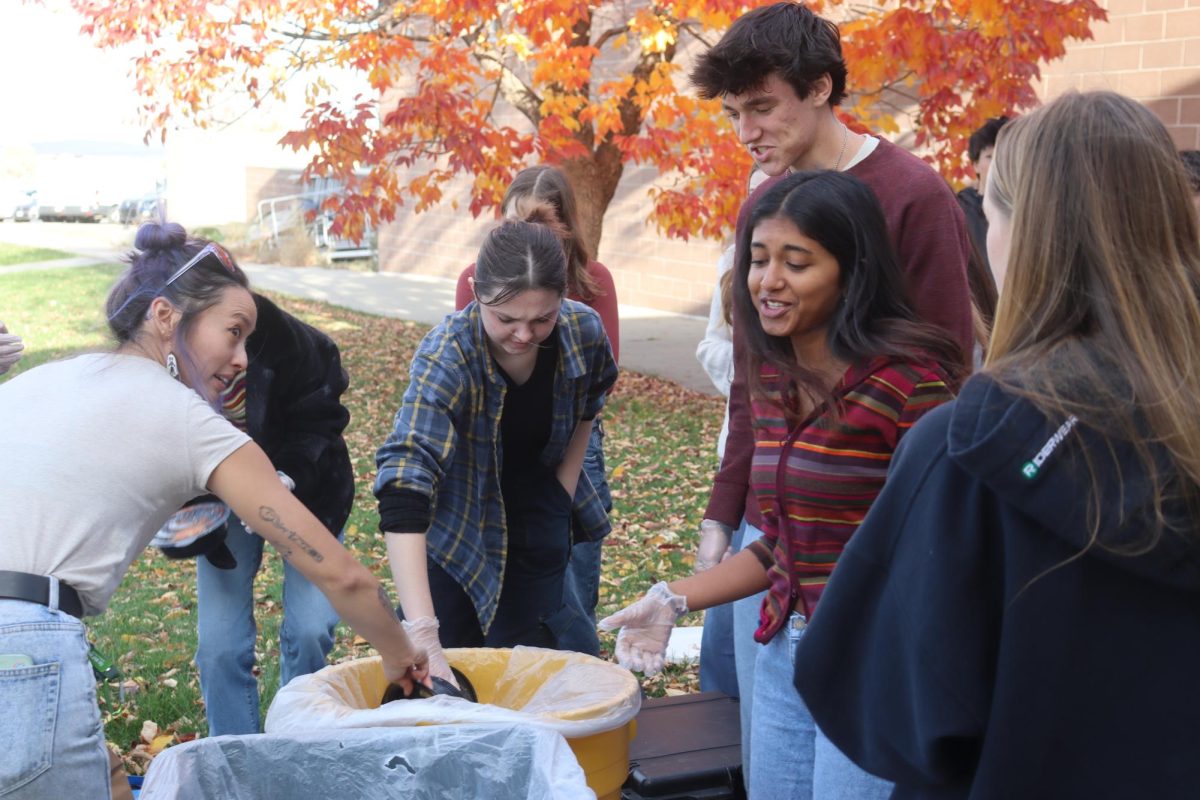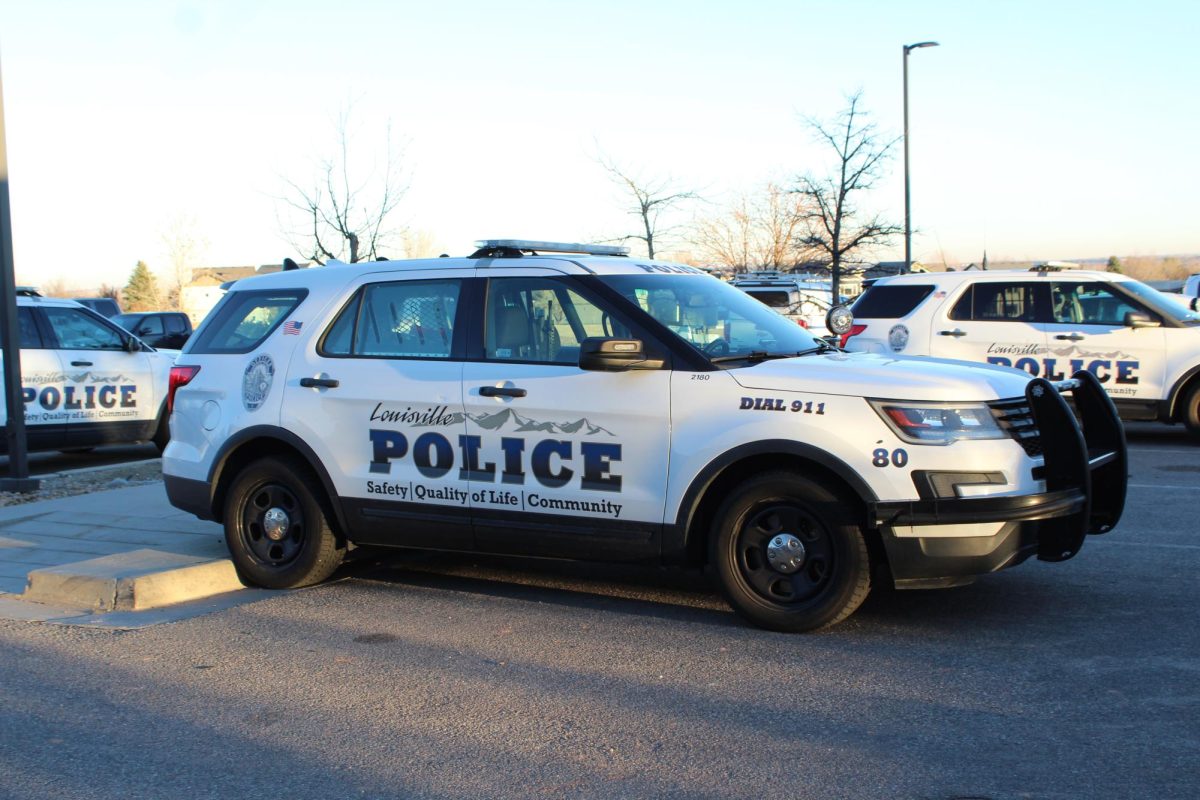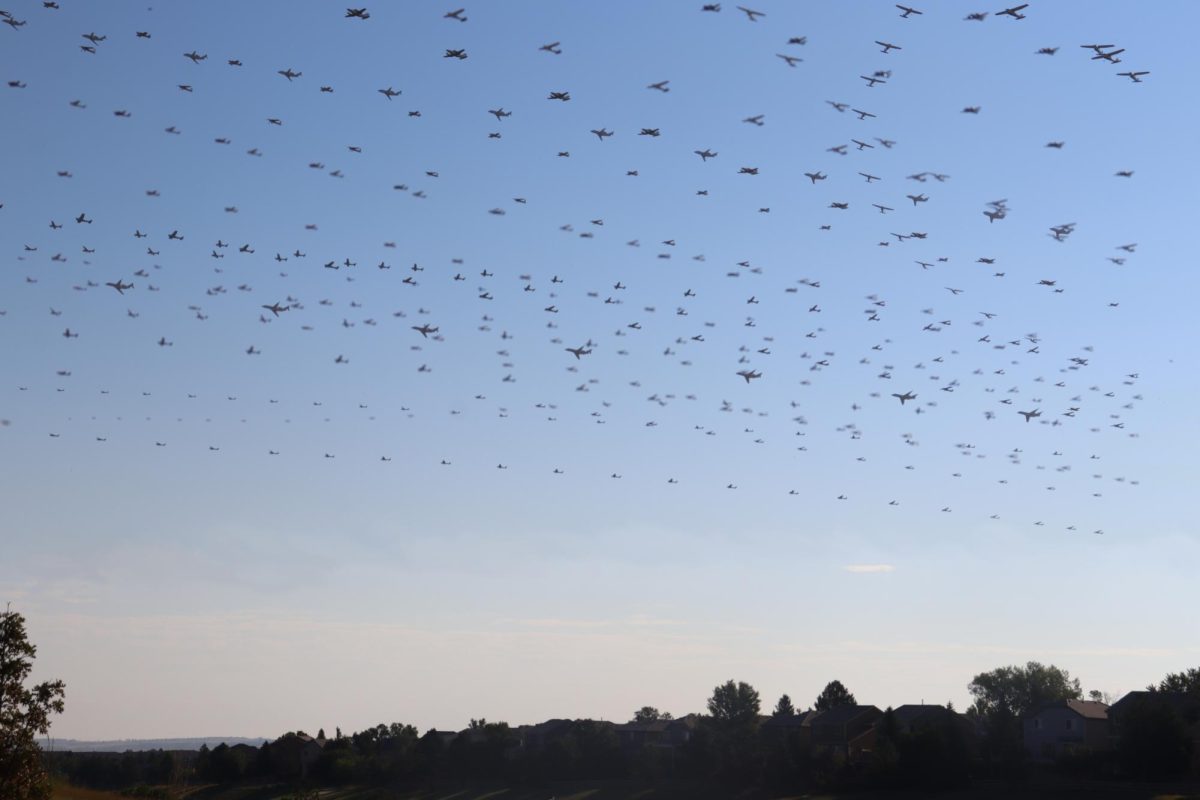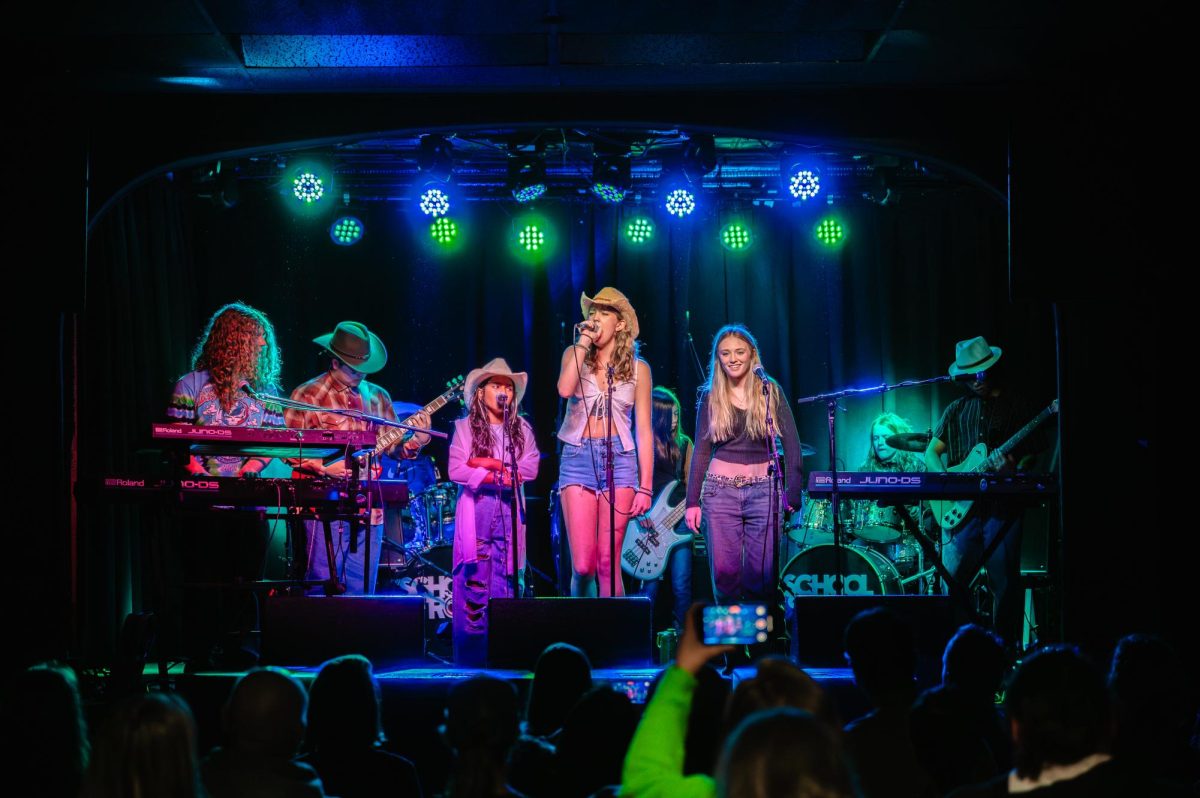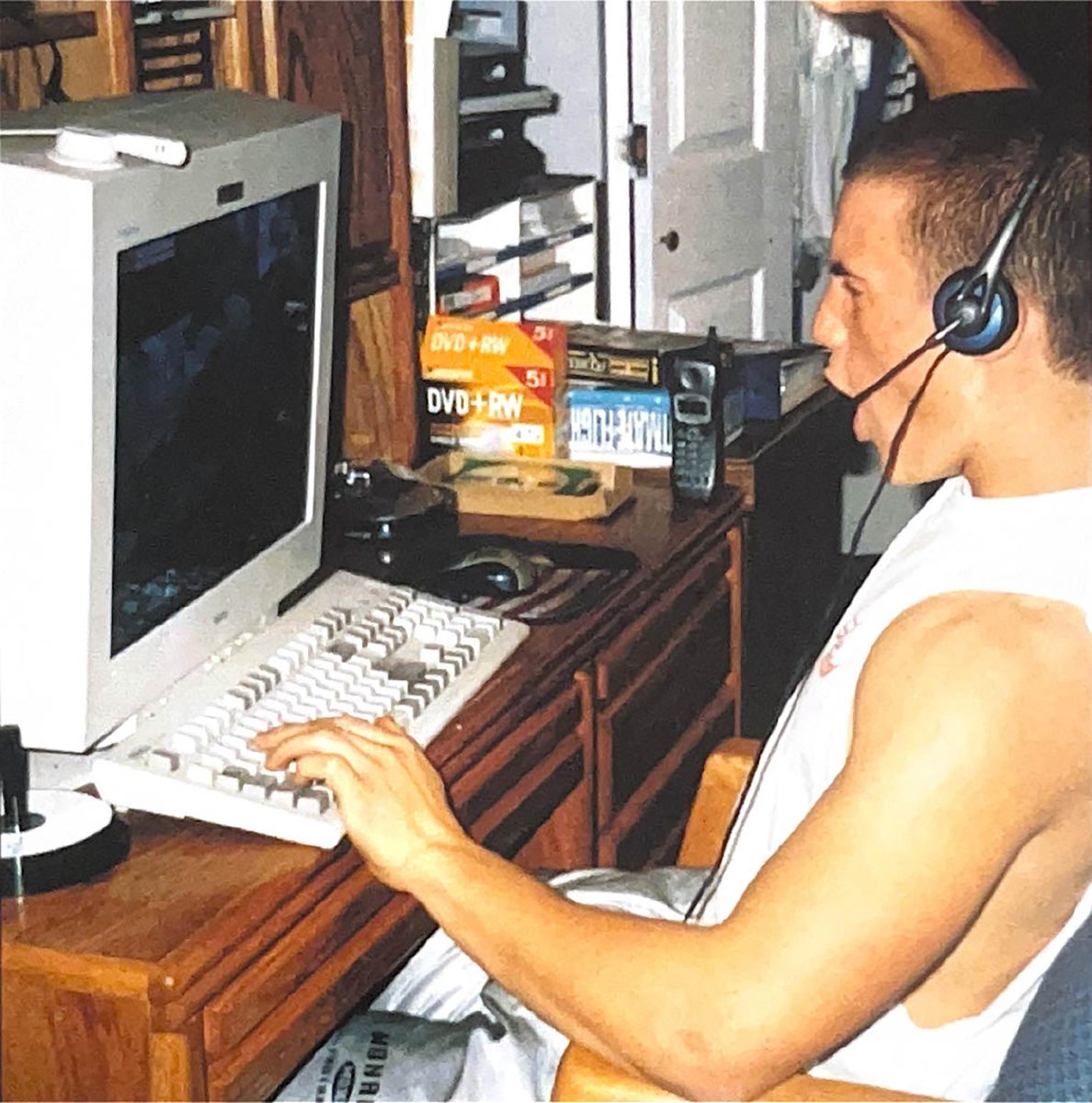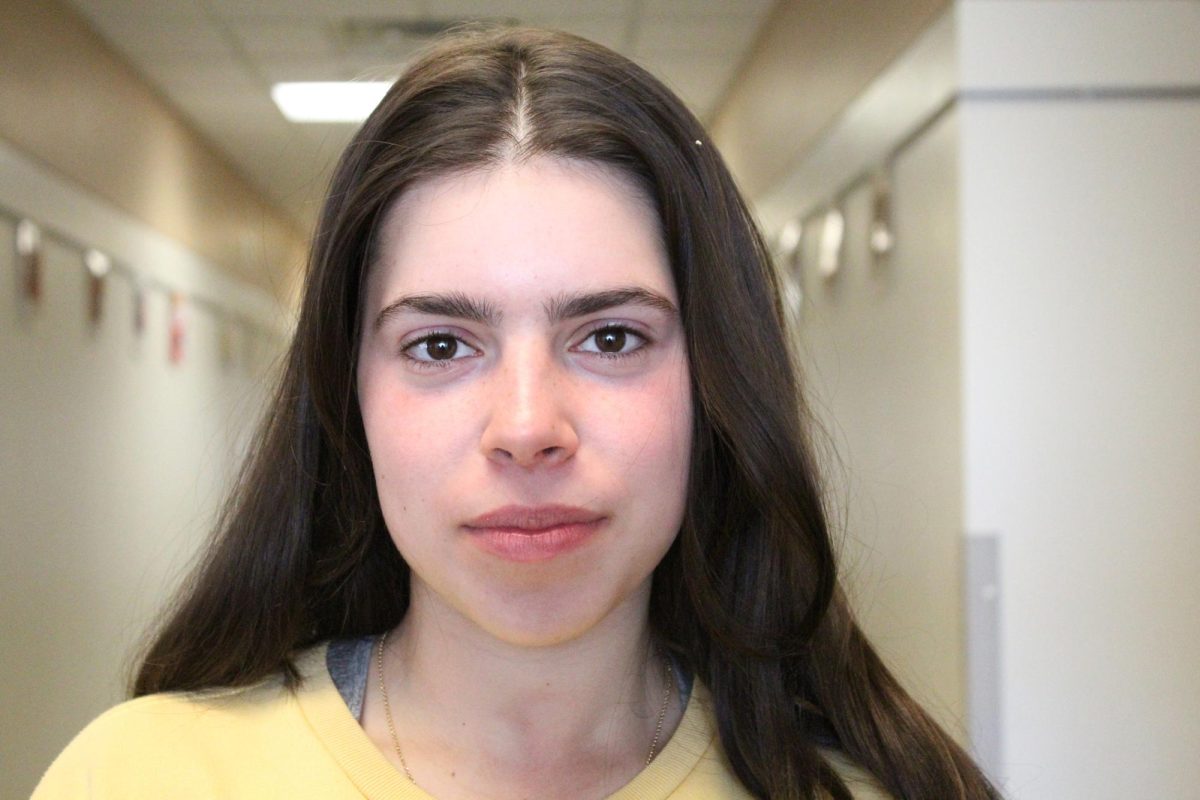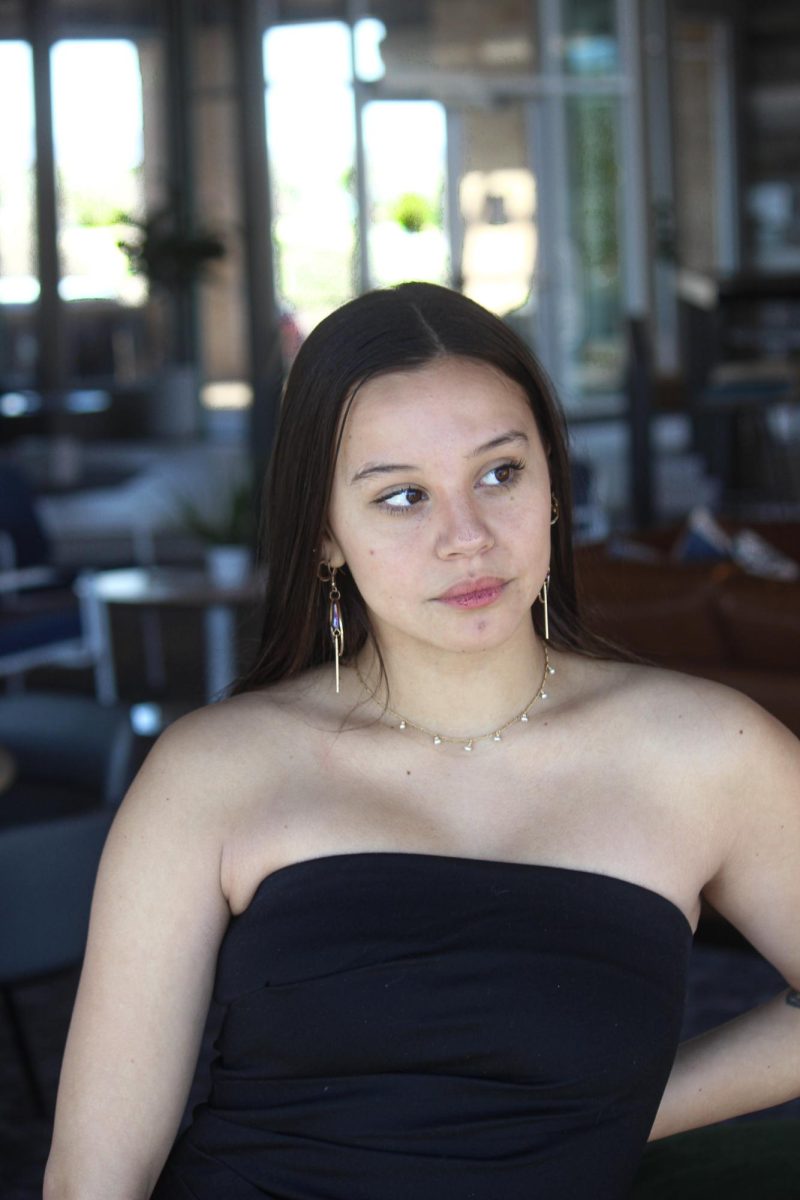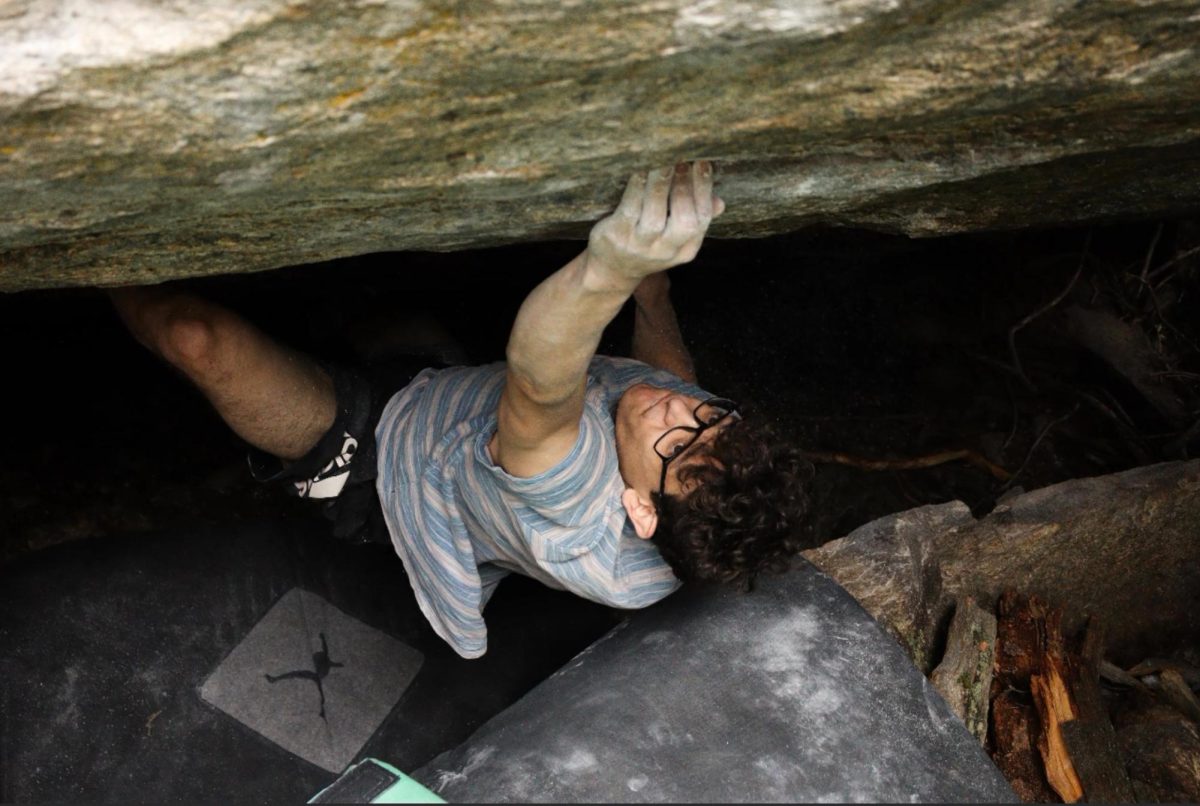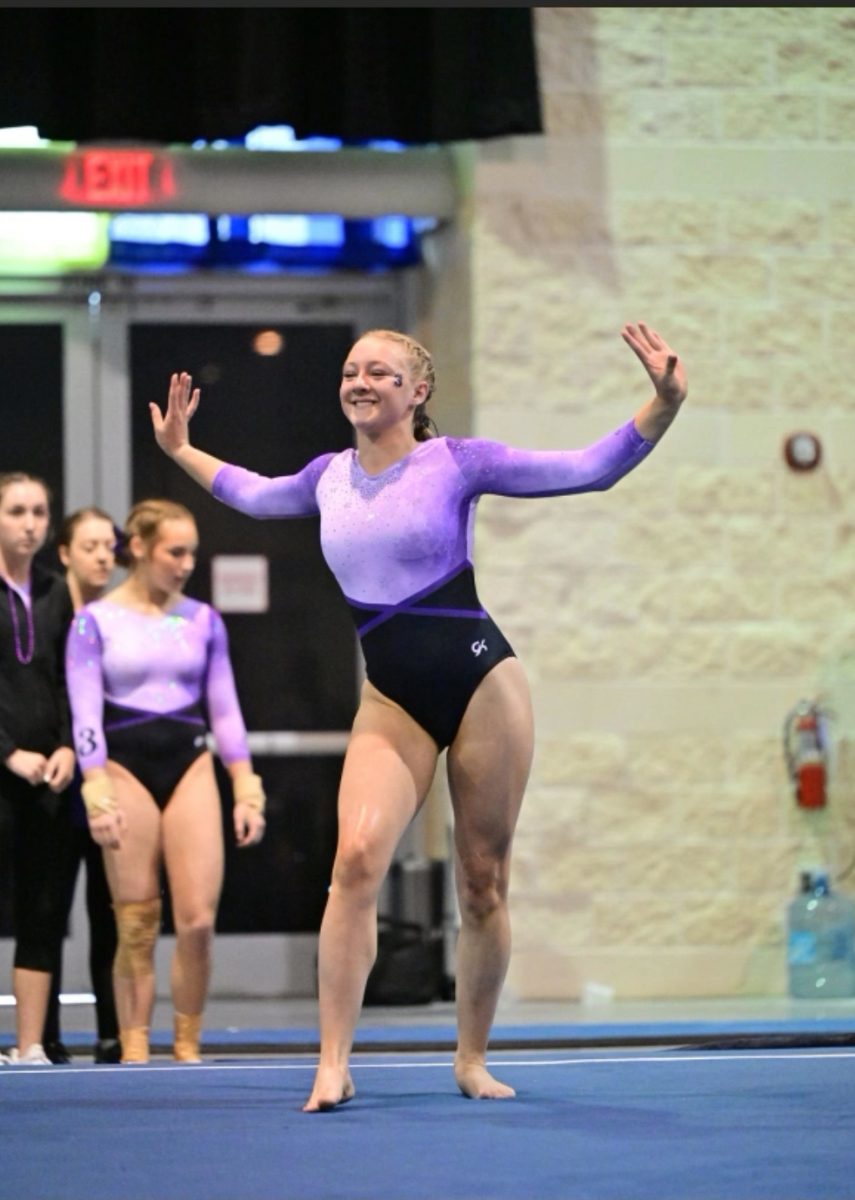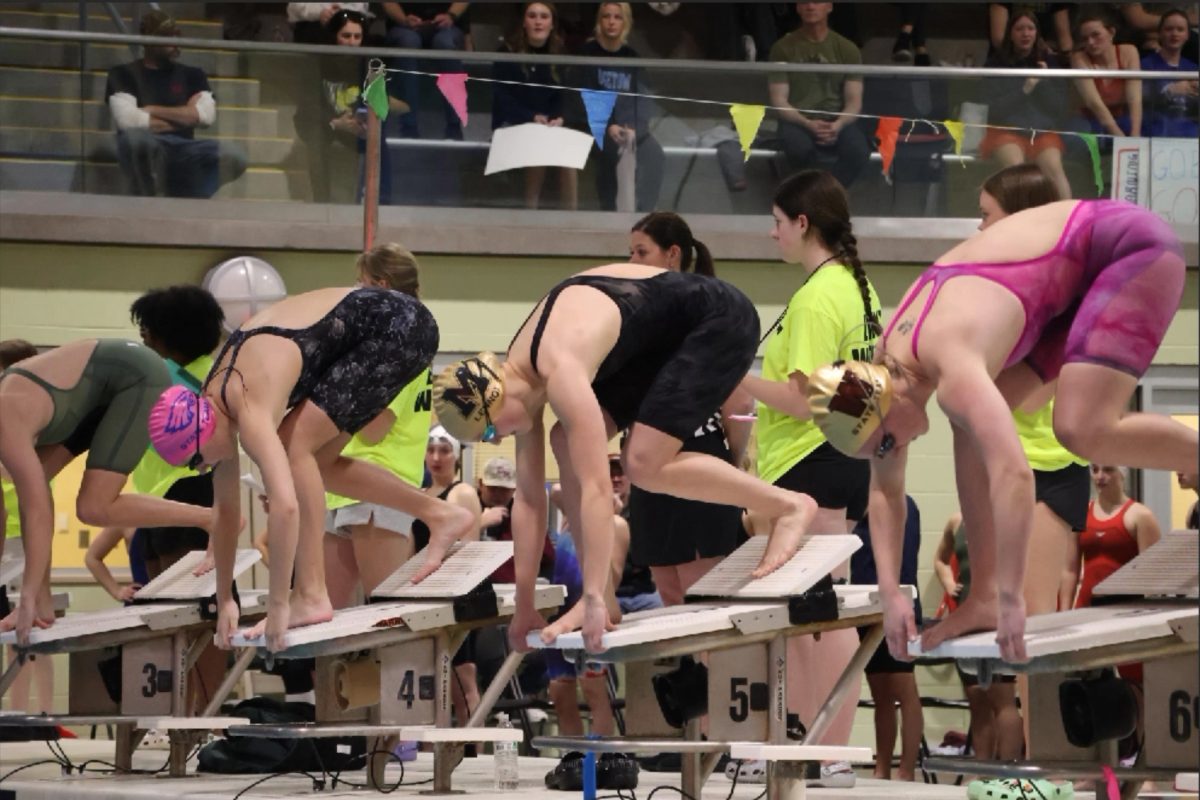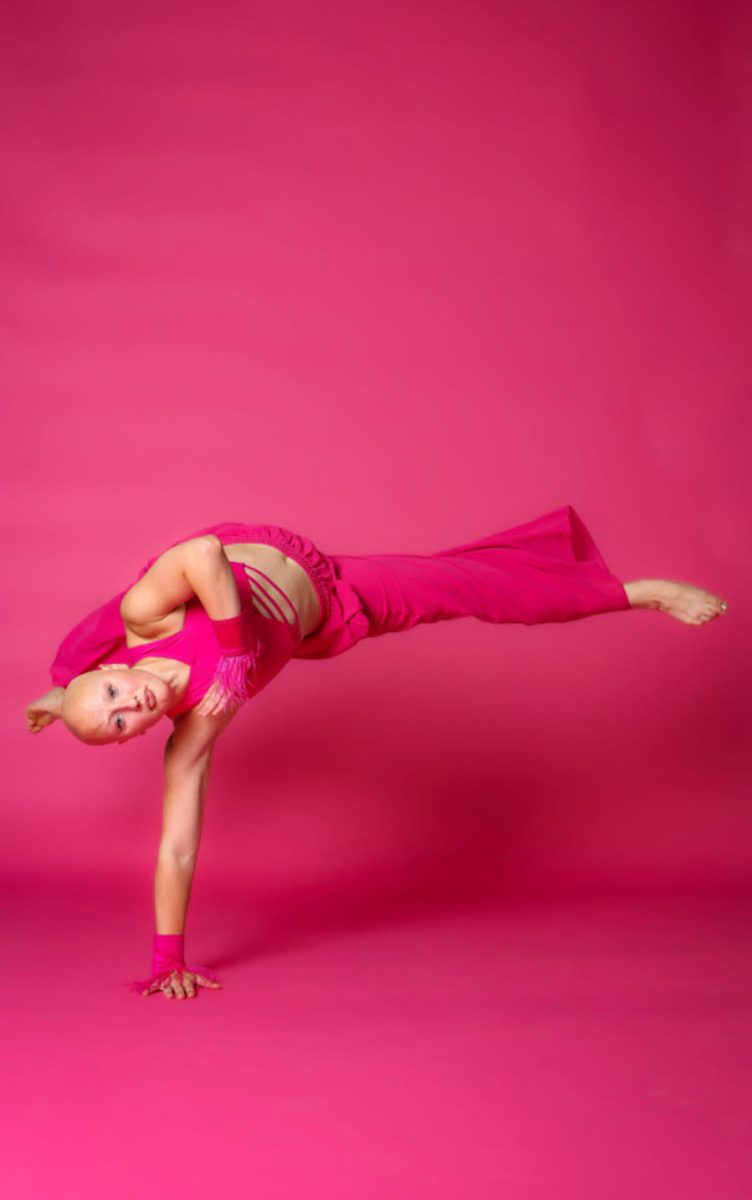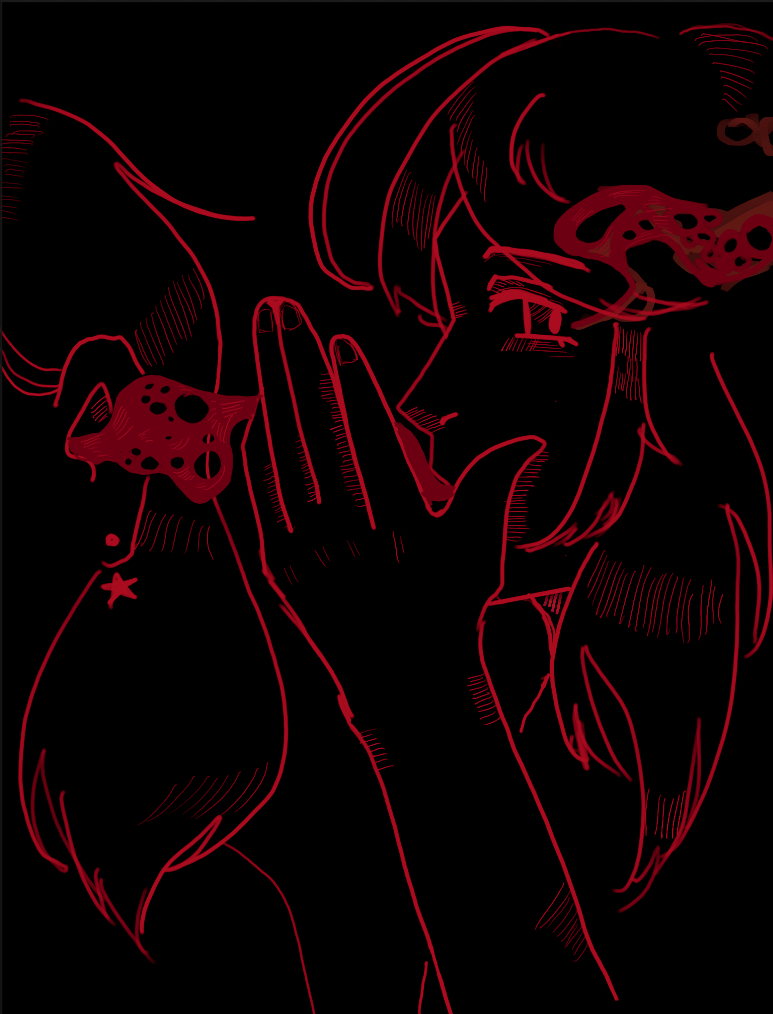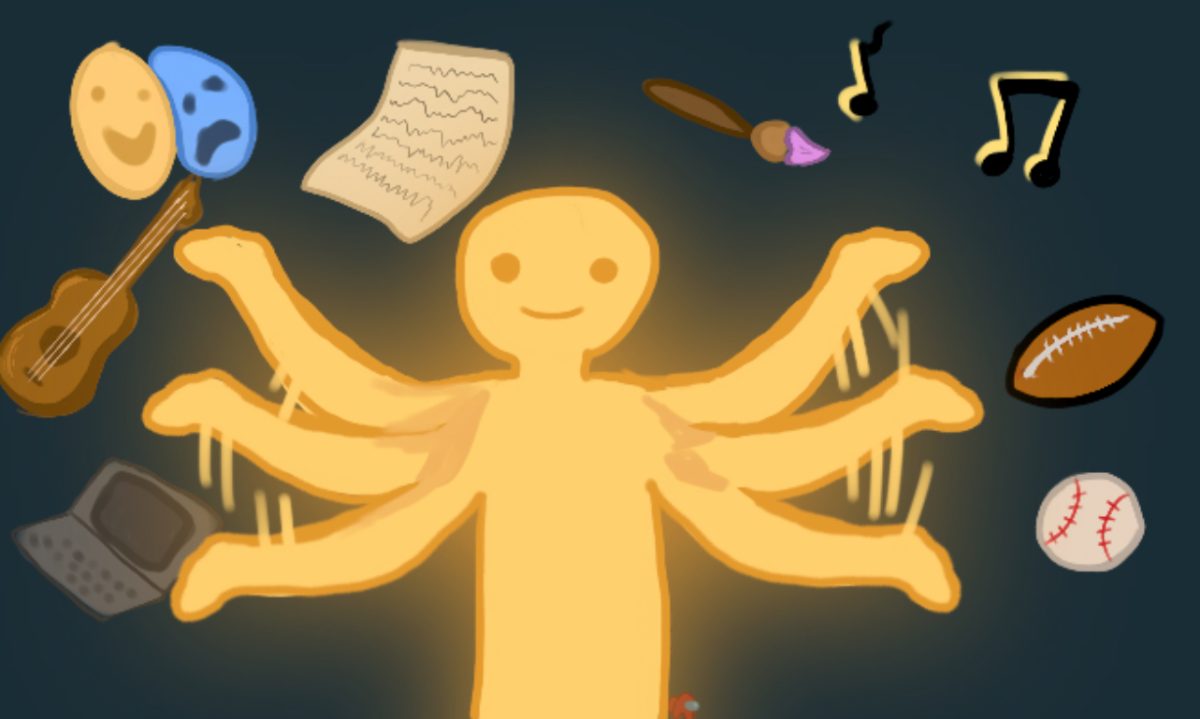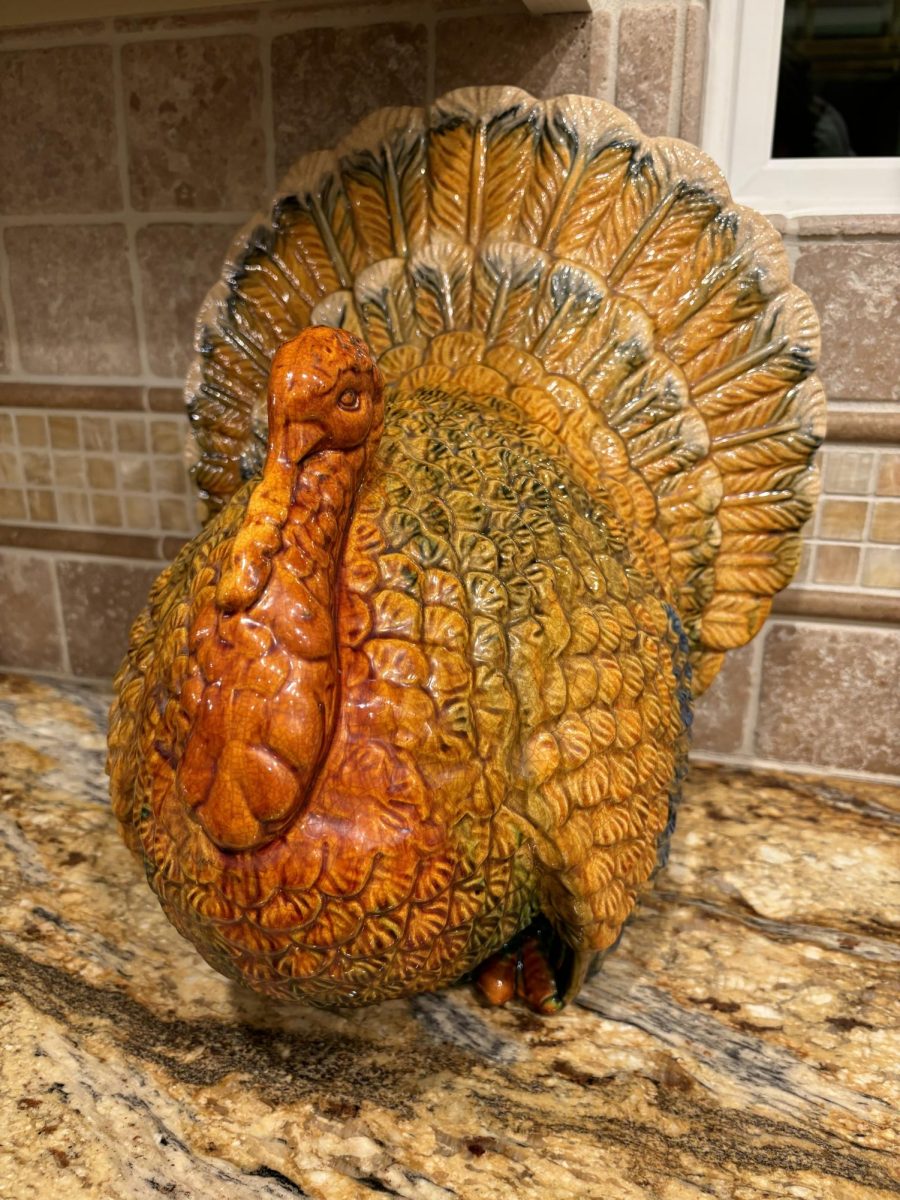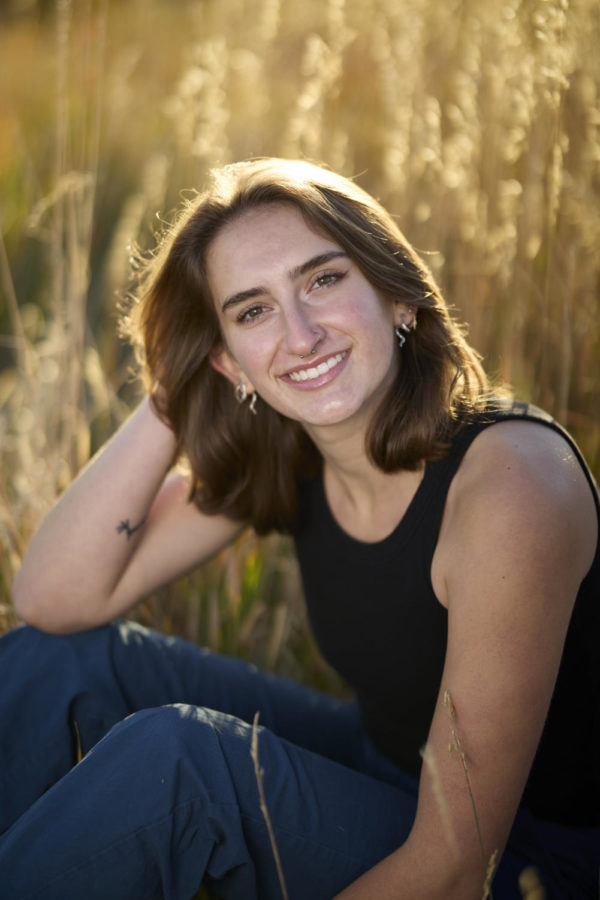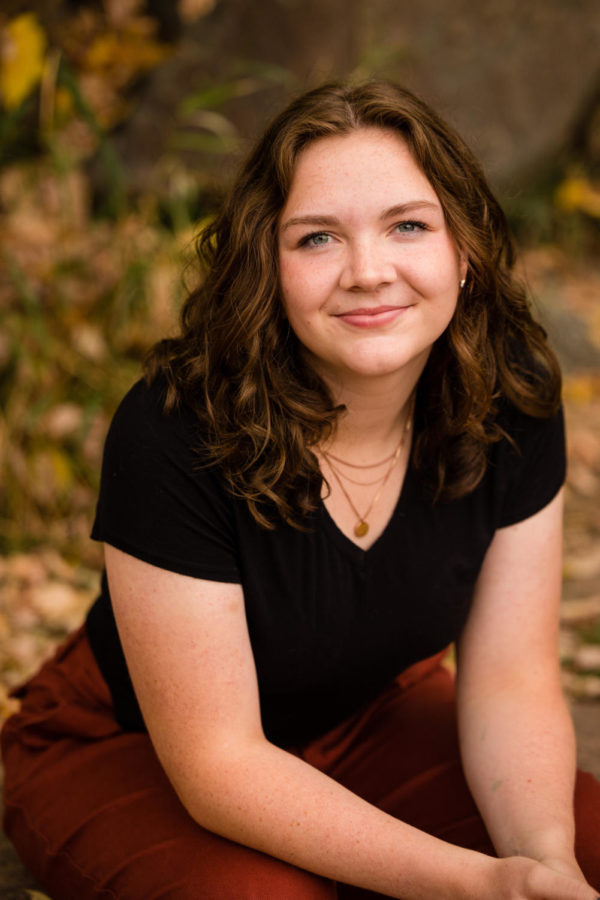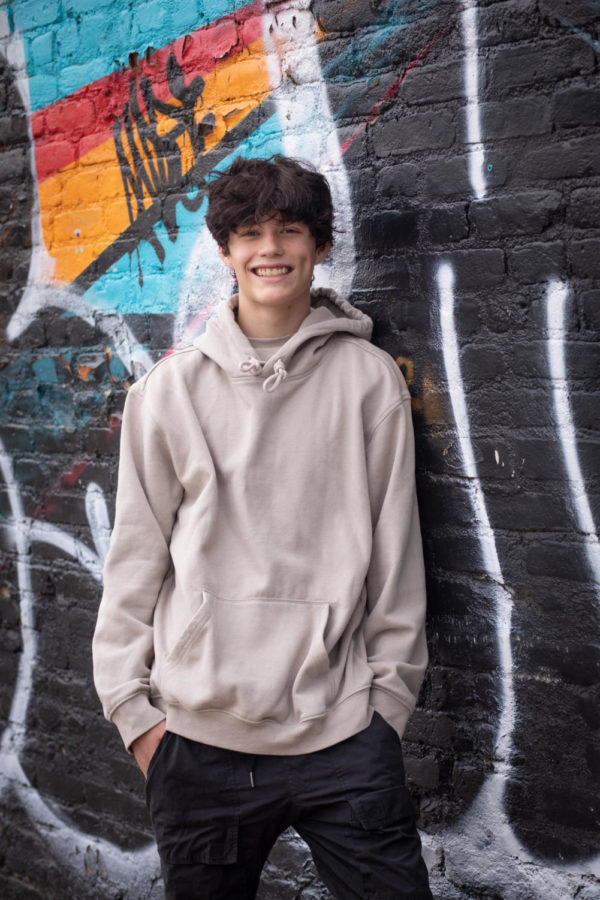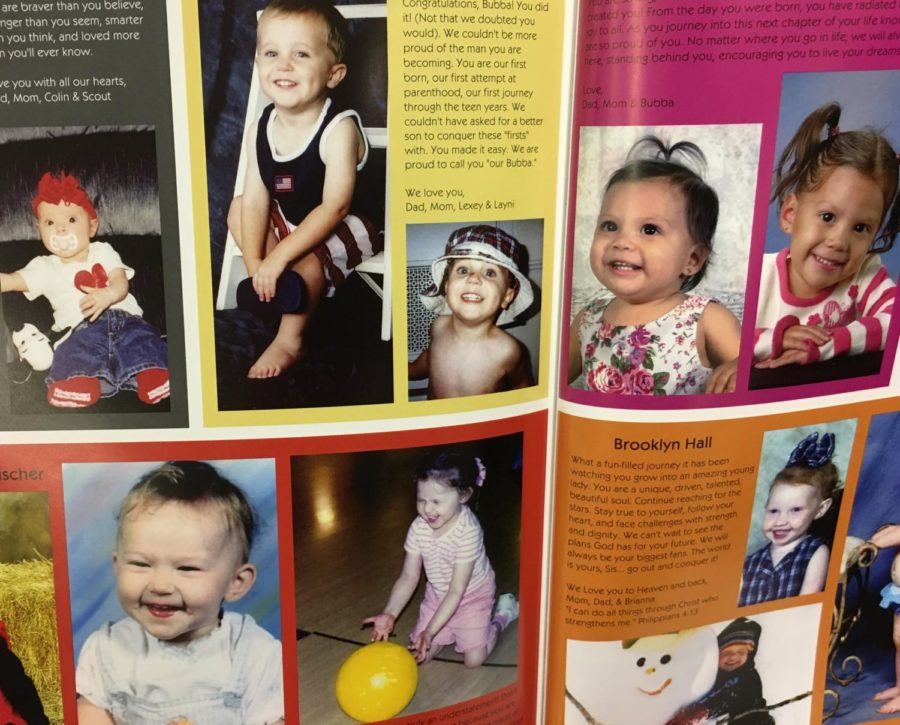A Task of Ecology
An Unusual Internship for a High Schooler
Like many high schoolers, Katy Sun (10) is constantly juggling schoolwork and extracurriculars. However, she has one very unique item on her everyday to-do list: an internship with NOAA.
With the help of her brother, Katy emailed National Oceanic & Atmospheric Administration or NOAA for short, to get an internship last August, as she was entering high school. NOAA is a scientific agency within the United States Department of Commerce that focuses on the Earth’s oceans and its atmosphere. Before she emailed NOAA, Katy felt that she wasn’t doing enough in her life. She wanted to get involved more with environmental sciences, so she talked to her brother about her interest, and gave her the idea to email an organization specializing in that subject. Her brother suggested NOAA as her first choice as a chance to get an internship that related to environmental sciences.
“At first I just sent an email, not really expecting a response or anything and eventually I got offered an internship, which was really cool,” said Sun. “I work in the Aerosol group, so I analyze the composition of aerosols in the sky throughout the world. All the stations around the world [get] to see how that differs and how it affects the atmosphere,” Sun said.
Aerosol is a substance that is enclosed under pressure and is able to be released like a fine spray into the air.
On Sun’s first day at work, she felt out of place with her co-workers, who are mostly adults or college undergrads. They are more knowledgeable in what they are doing around the department, and Sun originally had a hard time trying to help out.
“I remember last year, I was so scared to go there every single day just because I was so intimidated by everybody. But now that I’ve gotten more comfortable and know the people that I’m working with, it’s definitely gotten better. I feel a lot more confident and I’ve learned a lot more than when I first started out,” Sun said.
After a year at NOAA, Sun is more comfortable than she was on the first day and contributes to the research more with her co-workers.
“Currently, I am working with my mentor in comparing two instruments: the CLAP (Continuous Light Absorption Photometer) and the PSAP (Particle Scattering Absorption Photometer). Essentially, these two instruments measure the same thing, which is how much light the particles in the air absorb and reflect. The trend is that dark particles such as soot tend to absorb light and trap heat in our atmosphere while other lighter colored particles tend to scatter the light (similar to how snow reflects sunlight),” Sun said.
Sun and her group have been examining the data and analyzing the results as a way to further NOAA’s research. With this information, Sun’s mentor can write a scientific paper, explaining how the results are similar.
“My goal is one day, once I’ve graduated, to come back and maybe work in an environmental science corporation. NOAA would definitely be one of my choices.” said Sun.


